If you are worried about blisters from hiking boots while on an active vacation, here are ten top tips for avoidance. Prevention is the best treatment!
The right hiking boot or shoe
Gone are the days of hiking boots that are so stiff and uncomfortable that they take years – and a lot of suffering – to break in. And thank goodness! The design and fabrics of modern boots mean that most boots should be very comfortable from the moment you put them on (so long as you have chosen the right pair for you).
Ask an expert
Always buy boots from a store (REI is always a good bet) where people have been trained – or have the experience – to properly fit your boots. The boot fitter should ask questions such as: where do you plan to walk or hike? How much have you hiked or walked before?
They should check your feet for over or under-pronation, width, length, etc. They should then offer you a selection of boots to try on and advise you to only to buy a pair that feels very comfortable and supportive.

If the boot fits
Do not buy boots based on looks alone or because your friend tells you that a brand is amazing. You should only buy boots that fit really well. When trying on boots make sure the boot is long enough. There should be at least a thumb’s width between the tip of your big toe and the end of the boot. The width of the boot should support your foot but not rub. Also, make sure the boot is not too wide. A foot that floats around in a boot will end rubbing and could lead to blisters.
Your heel needs to be supported comfortably. The fit should be snug and supportive to prevent the foot from moving about and rubbing. Your foot should not move up and down in the boot. You should be able to wriggle your toes, but you should not feel as though there is a lot of extra volume anywhere in the boot.
The gender divide
There are boots designed to fit men and women, so choose the right gender because men and women’s feet are, on average, a different size and shape.
Your boots are made for hiking
This might sound obvious but if you are heading off on a hiking or walking trip that will see you covering many miles each day, you need to make sure the boots have had a bit of wear. To start with, wear the boots around the house. Most good stores will allow you to take boots home and wear them indoors to decide if they really are the right ones for you.
Then build up the distance that you walk in the boots, from a few miles to longer hikes. The boots should not take long to break-in and they should not rub anywhere or cause blisters.
Blister-free guarantee
Some boot brands, such as Salewa, are confident enough to offer a pledge that they will replace the boots if they cause blisters.
Sock sure
Another top tip for blister-free feet while hiking is to ensure that your feet do not become sweaty and damp. The moisture can cause rubbing in the boots that lead to blisters. Wearing socks made from natural fibers, such as merino wool, will help to keep feet dry because the fabric wicks away sweat. As soon as your feet do feel wet and sweaty, make sure you change your socks for a dry pair.

All laced up
When hiking ensure your boots are properly laced up. This will help to keep your feet comfortably positioned in your boots. Before descending hills, stop to re tighten your laces. If you walk downhill with loose boots you may well end up with blisters due to the back and forth friction of a descent.
Protect yourself
If you are troubled by overly sweaty feet, it’s worth giving a product called 2Toms BlisterShield a try. They claim that BlisterShield creates an almost frictionless surface on the foot, reducing heat build-up and blister formation. I have found this to work well in very hot conditions.
If the worst happens
If you do end up with a blister use Moleskin or high-quality surgical tape to protect the damaged skin area. Always carry moleskin and tape with you for just this kind of emergency and stick it on as soon as you feel a hotspot or the hint of a blister.
Hopefully you won’t need them but it’s a good idea to have a few in your daypack just in case. Put on the moleskin as soon as necessary.









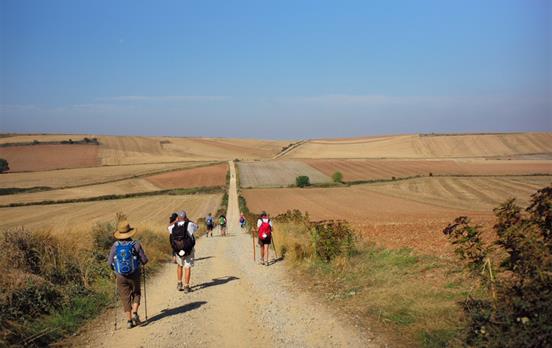



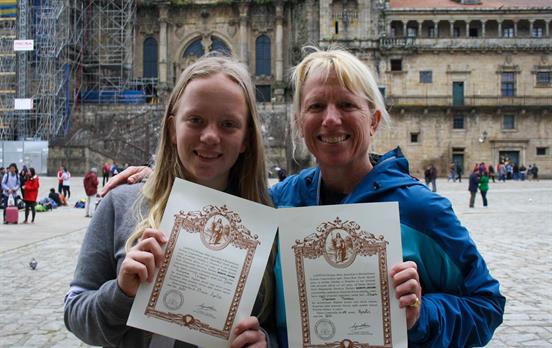

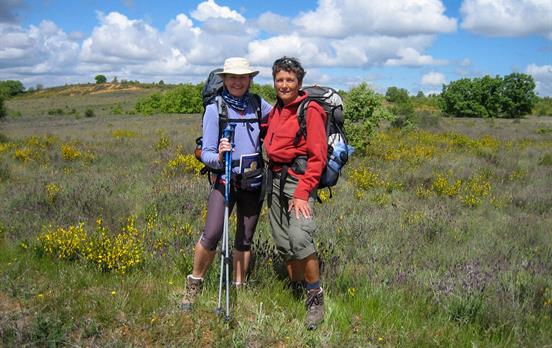
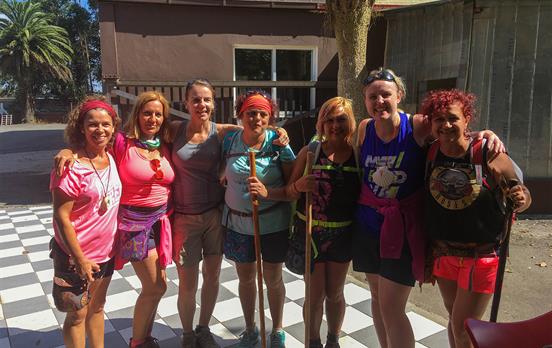







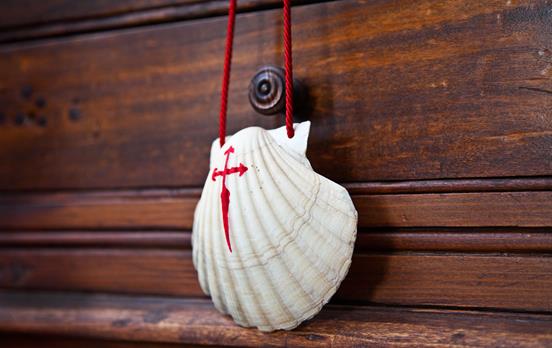
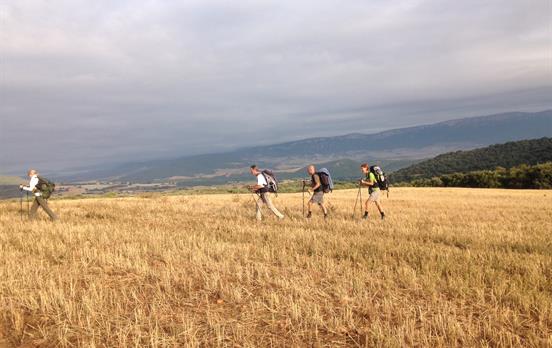
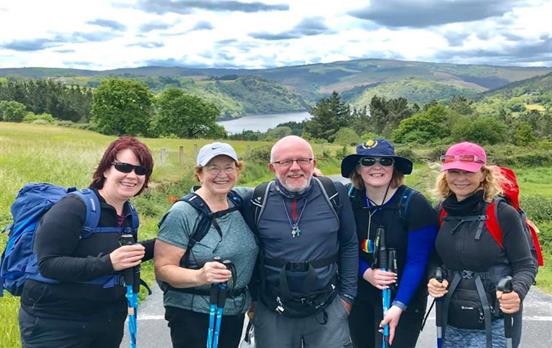



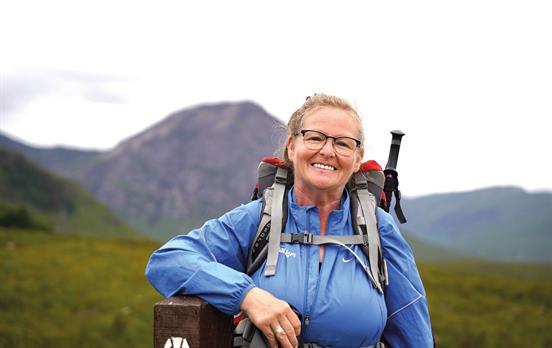

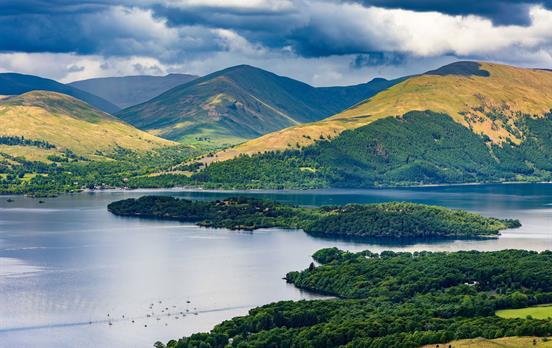

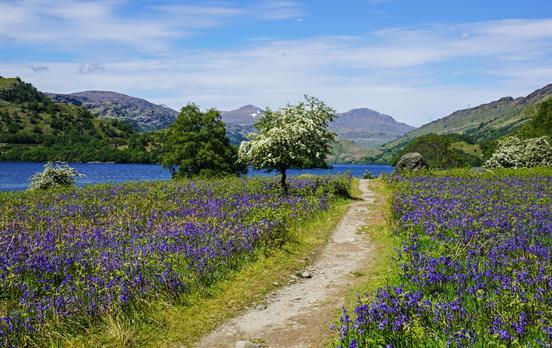
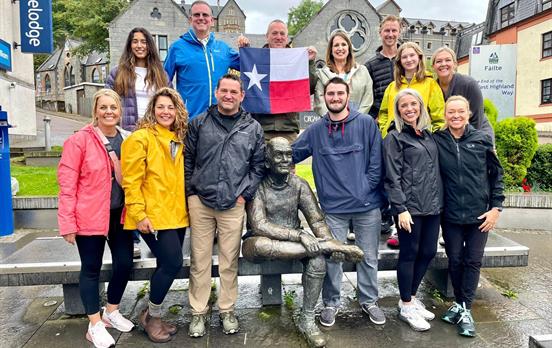





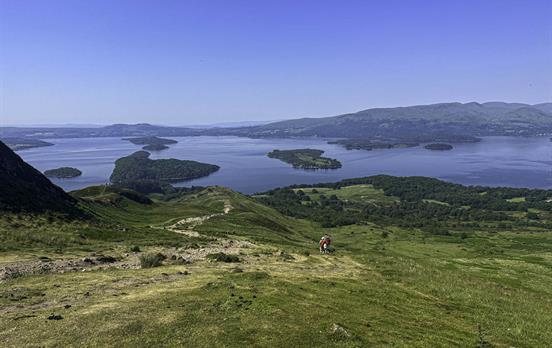

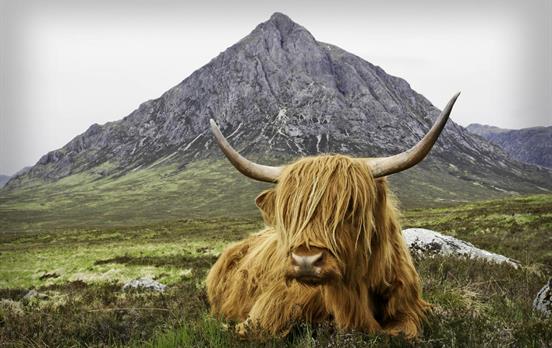
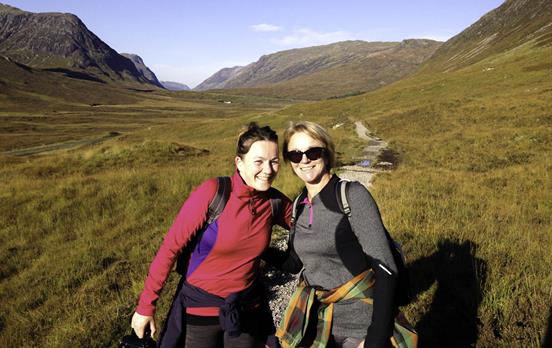
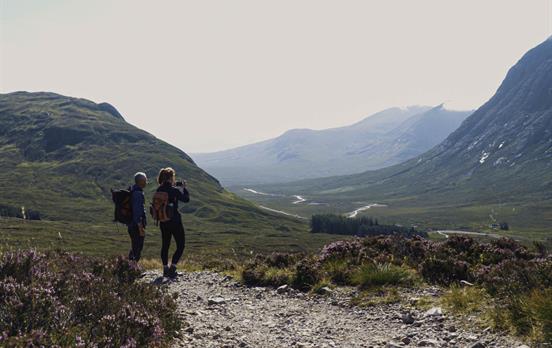
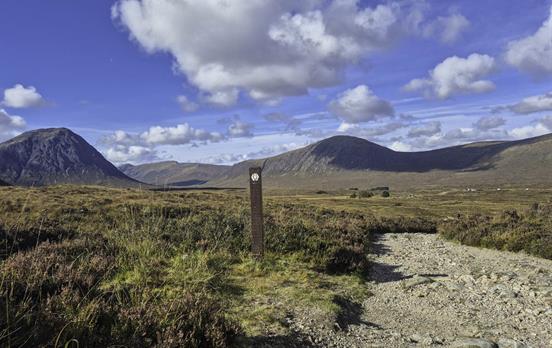
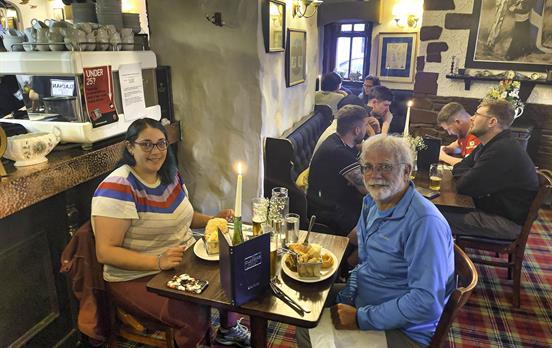
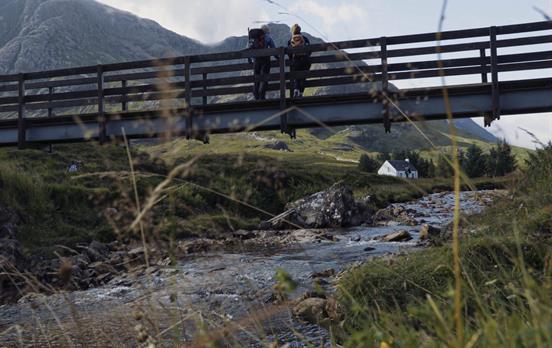
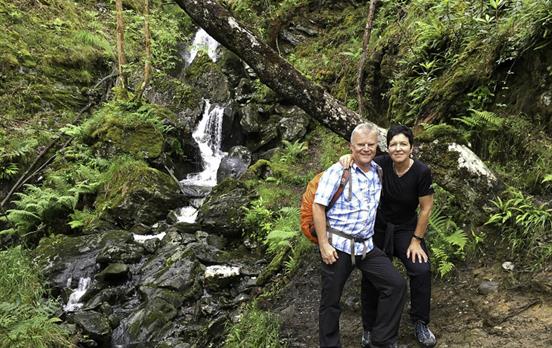

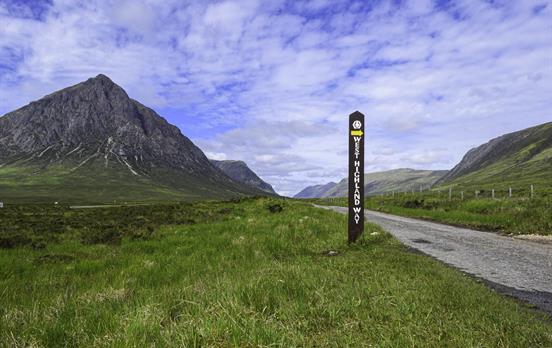
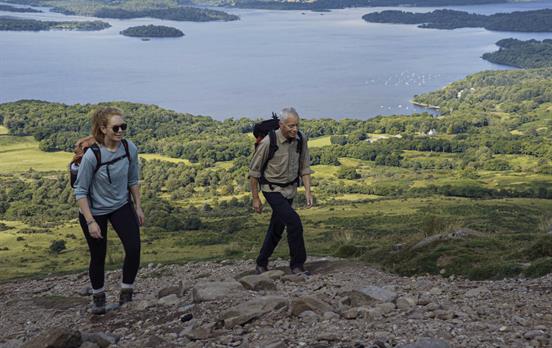
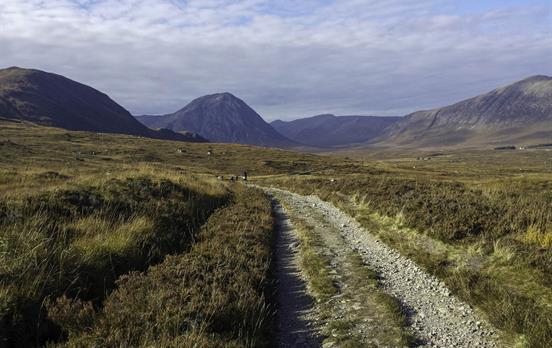




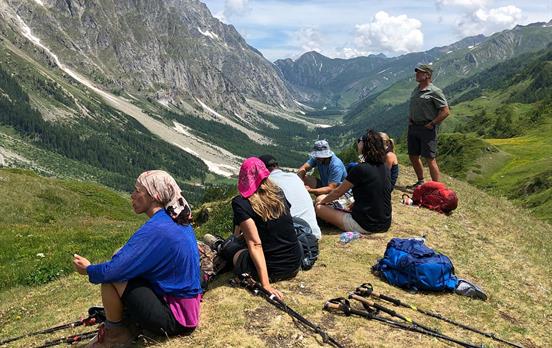
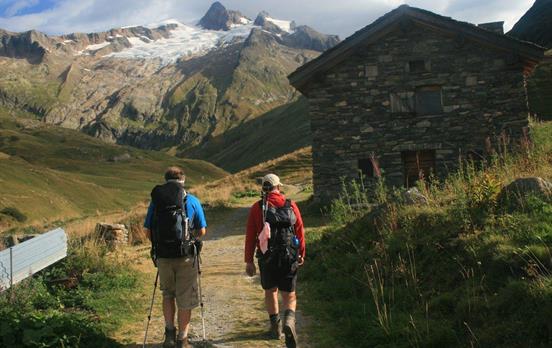
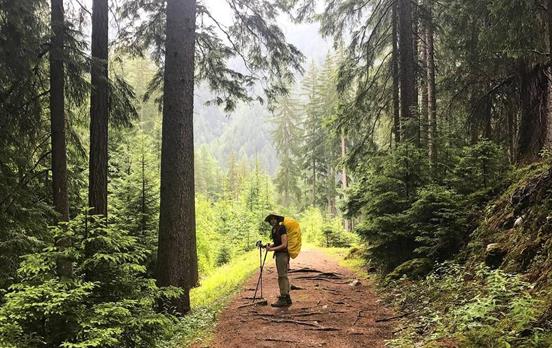
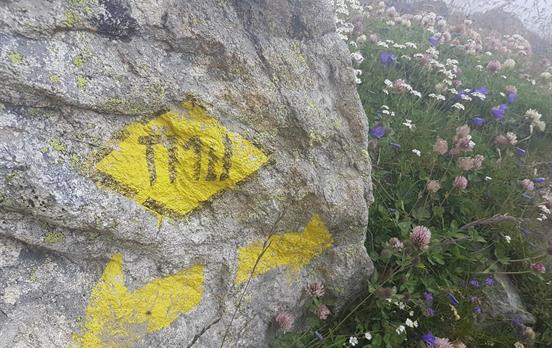
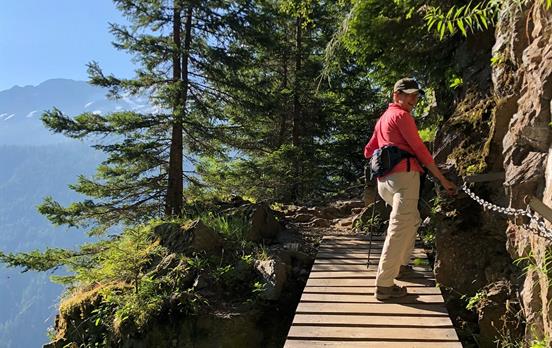
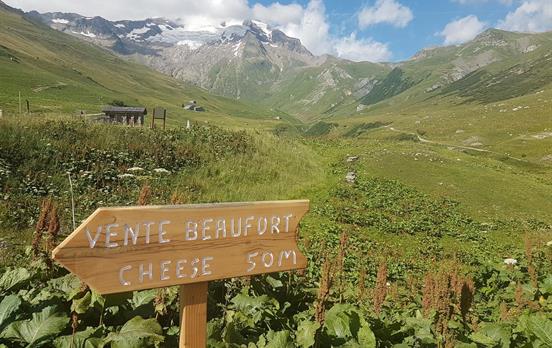
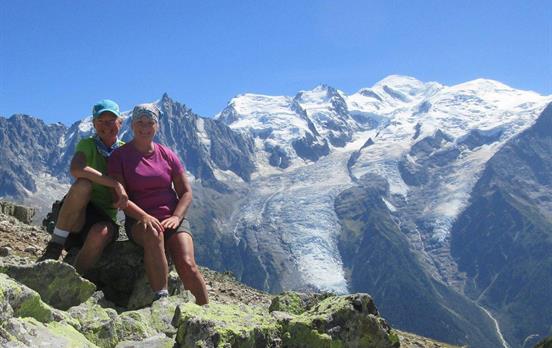

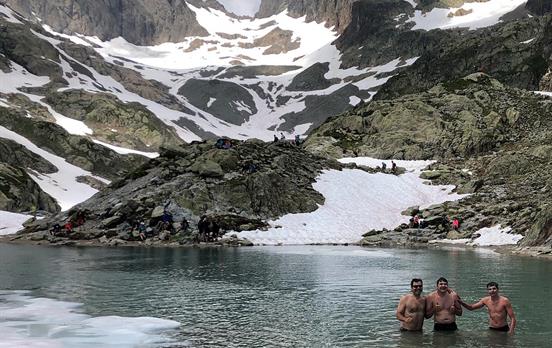
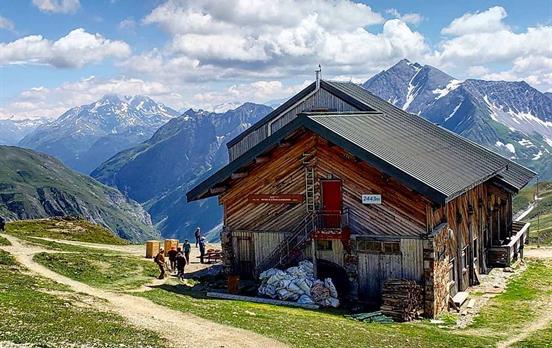
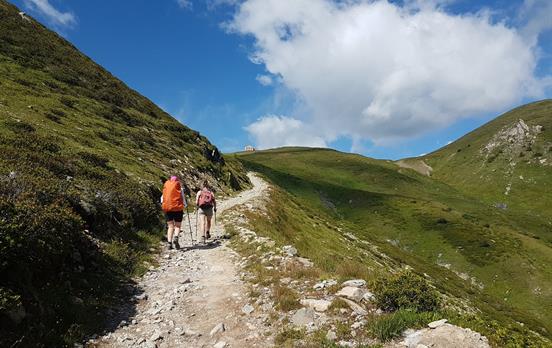

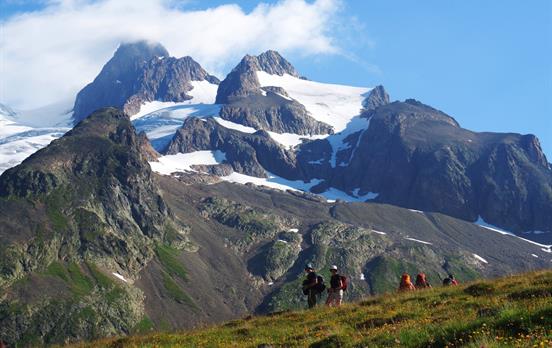

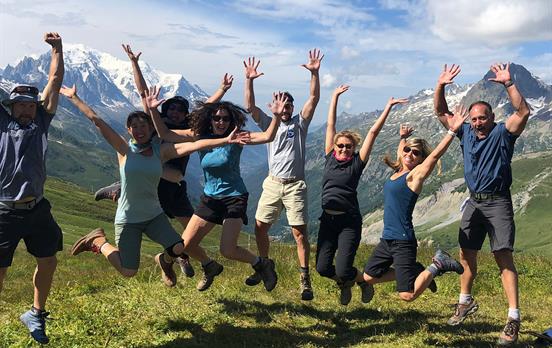
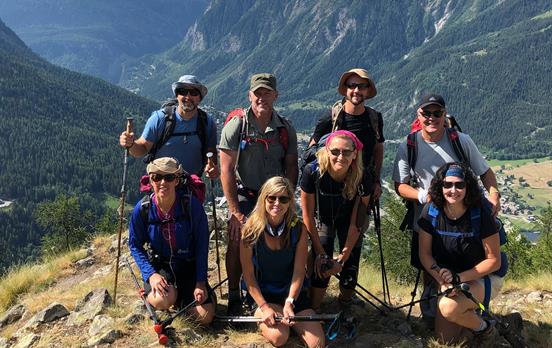
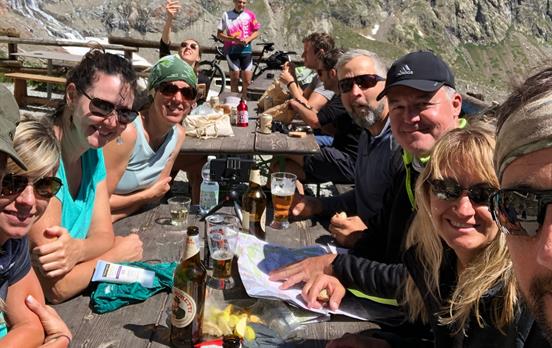


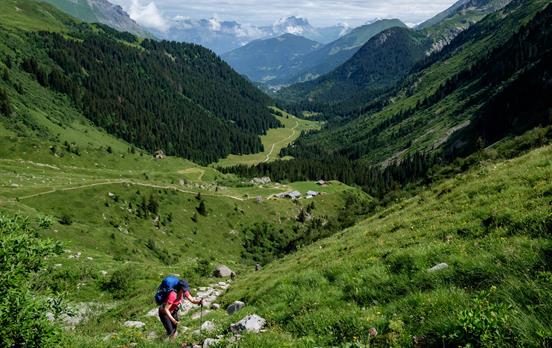


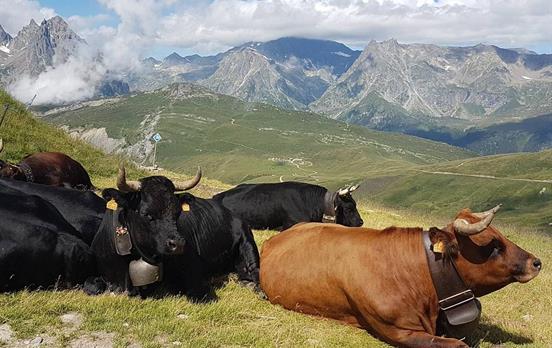
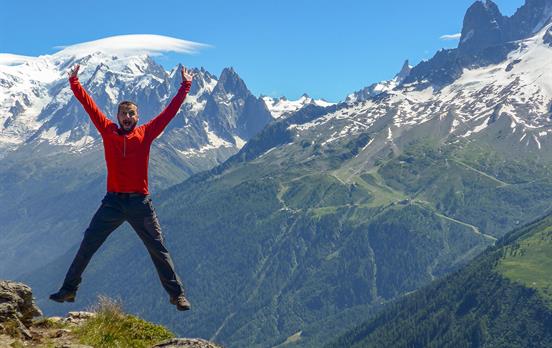
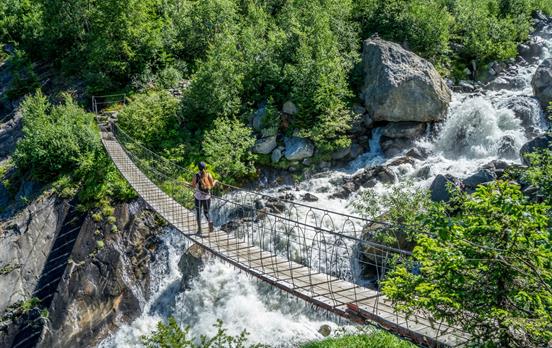
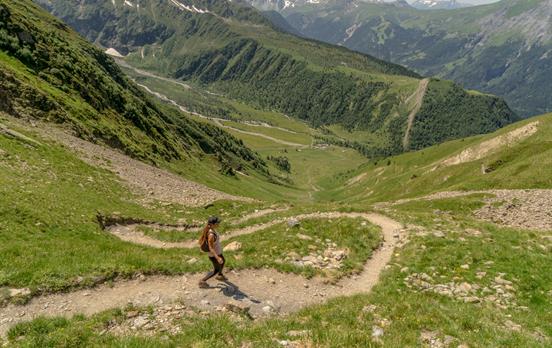





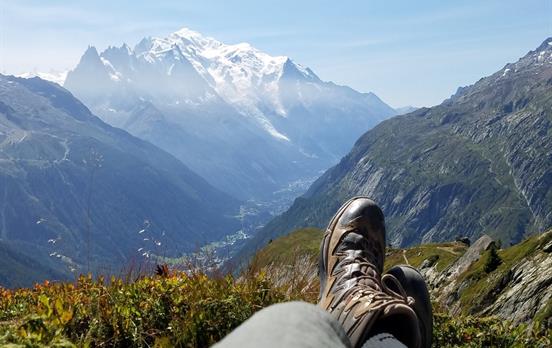
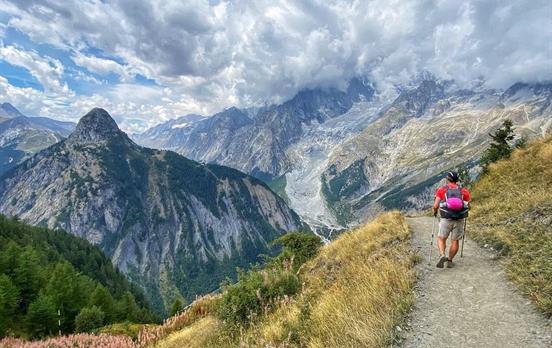
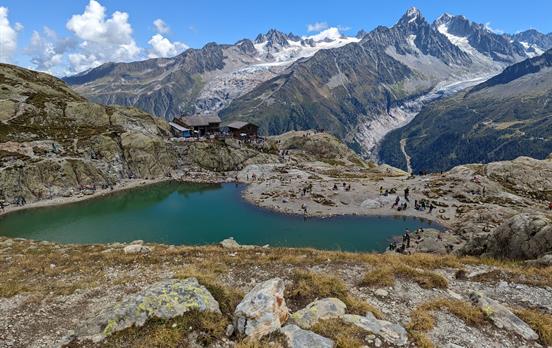
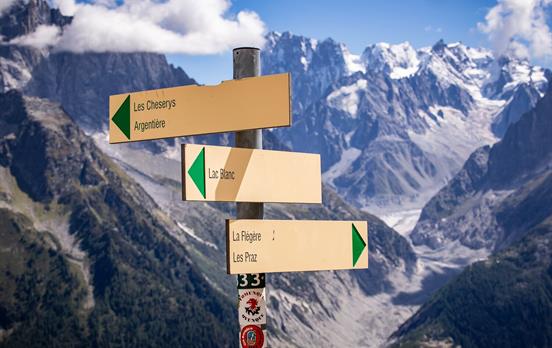


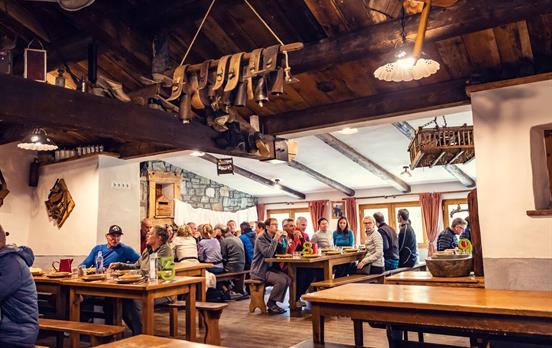

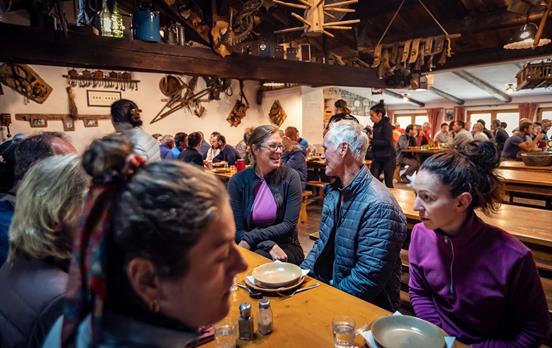
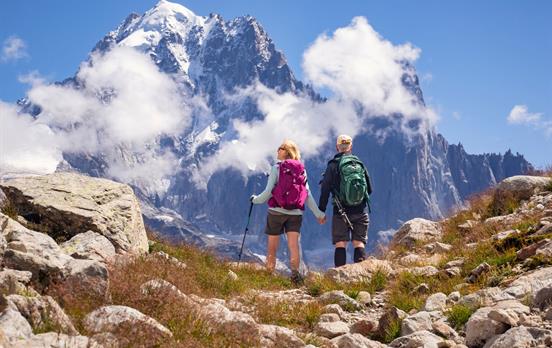


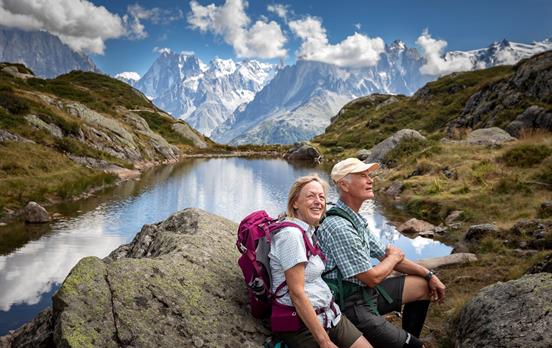
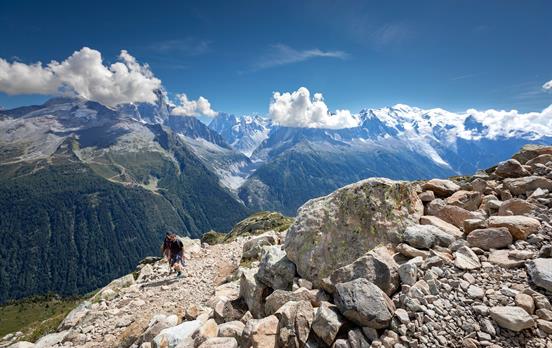
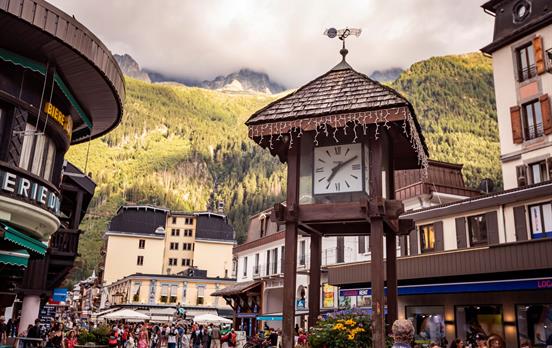
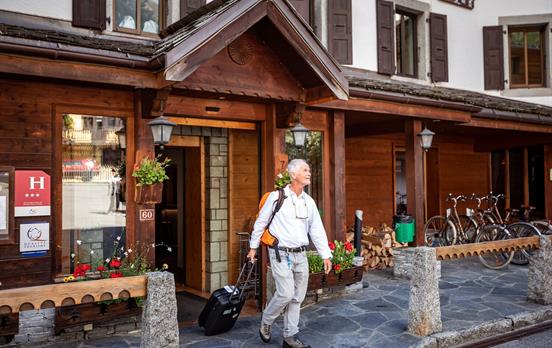
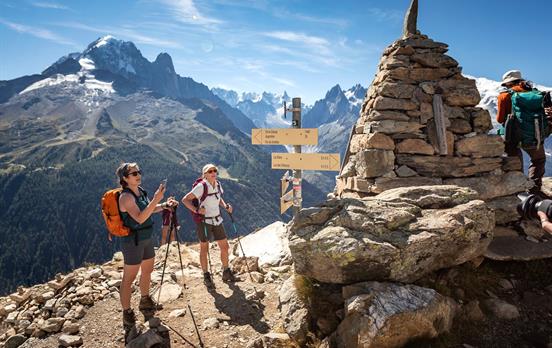
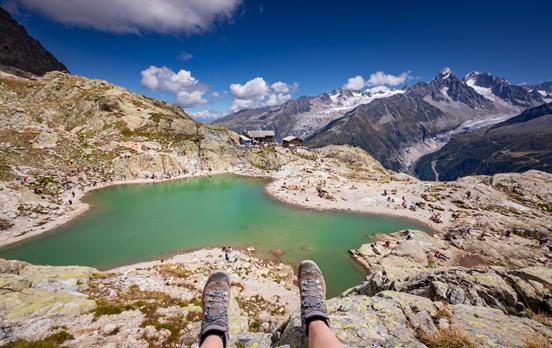
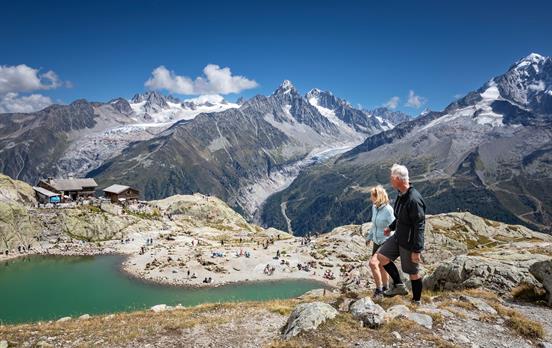


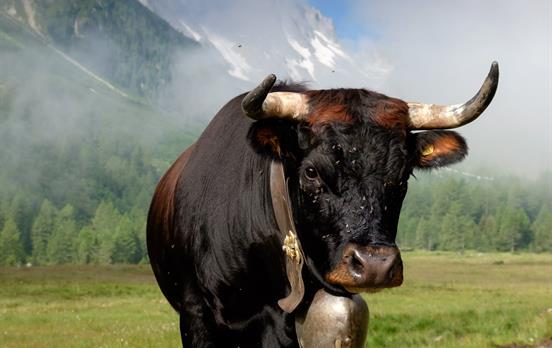





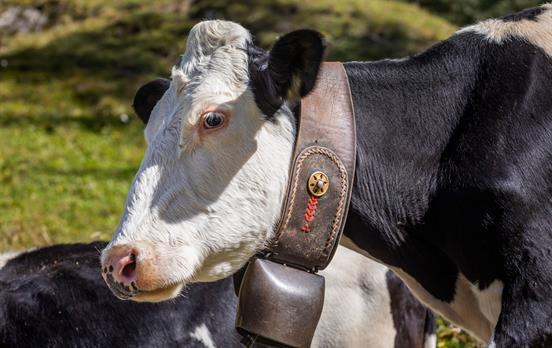
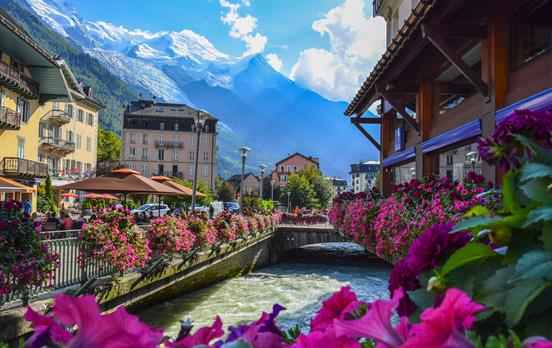






 Canada
Canada